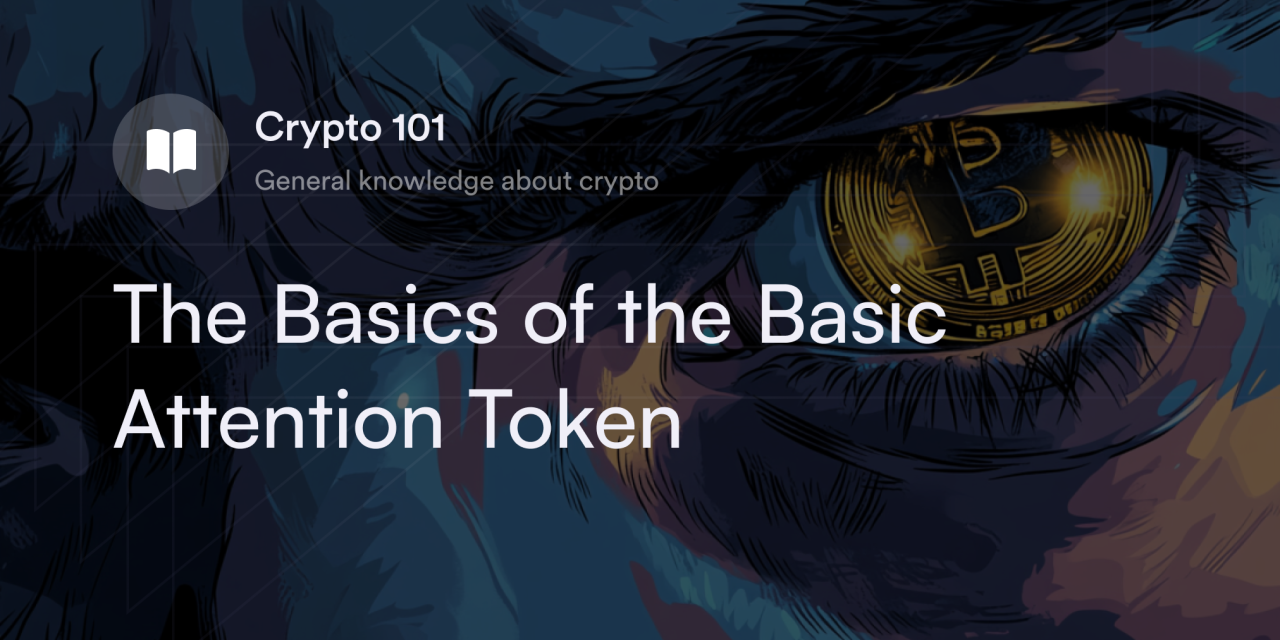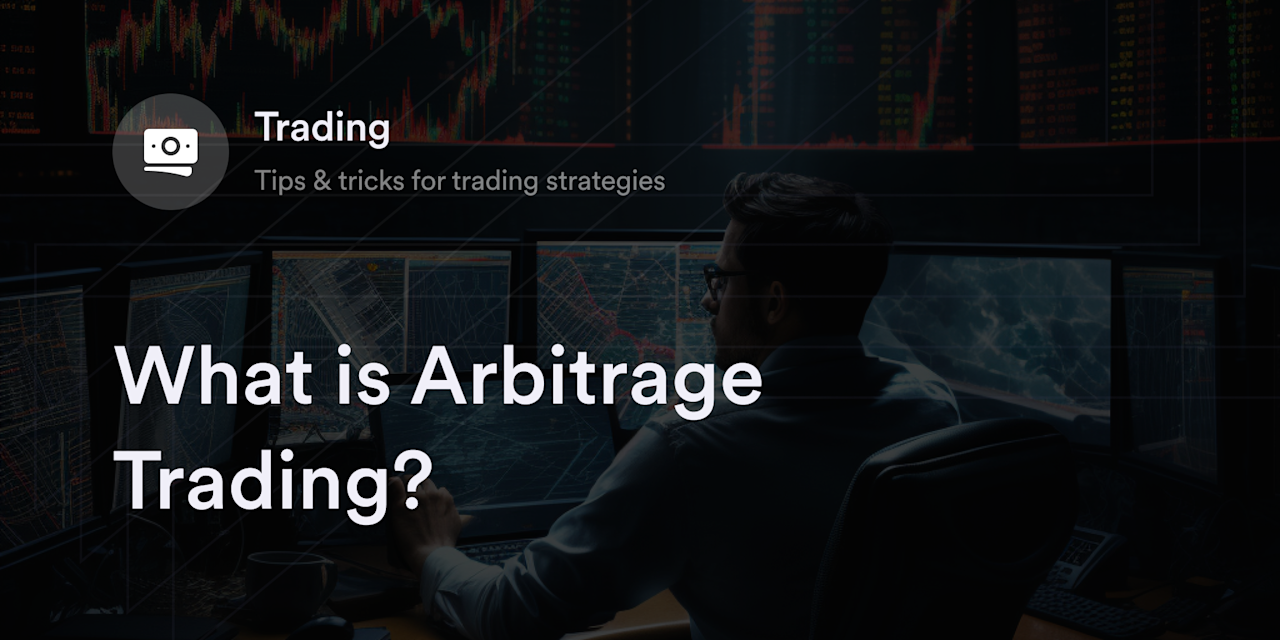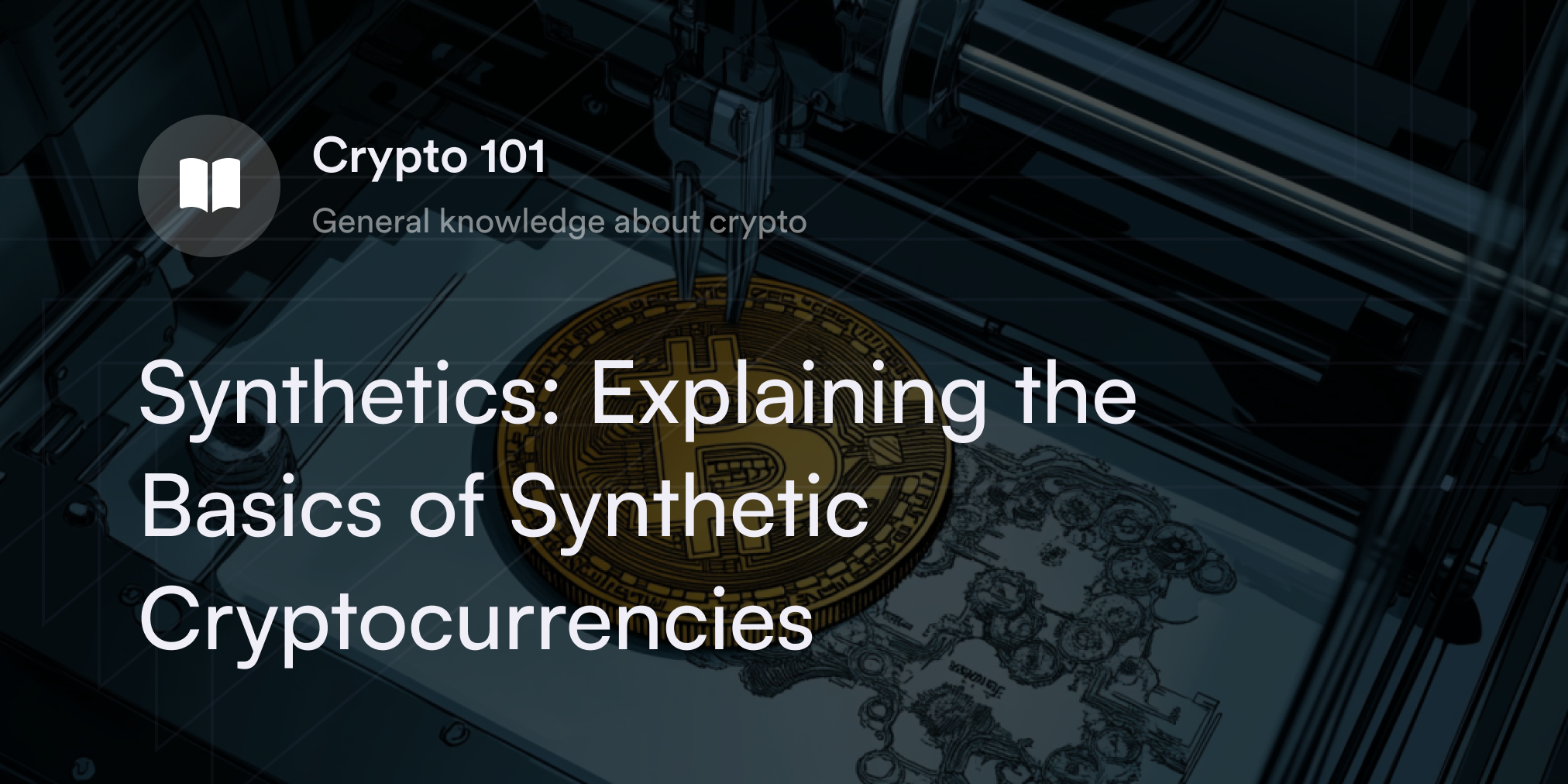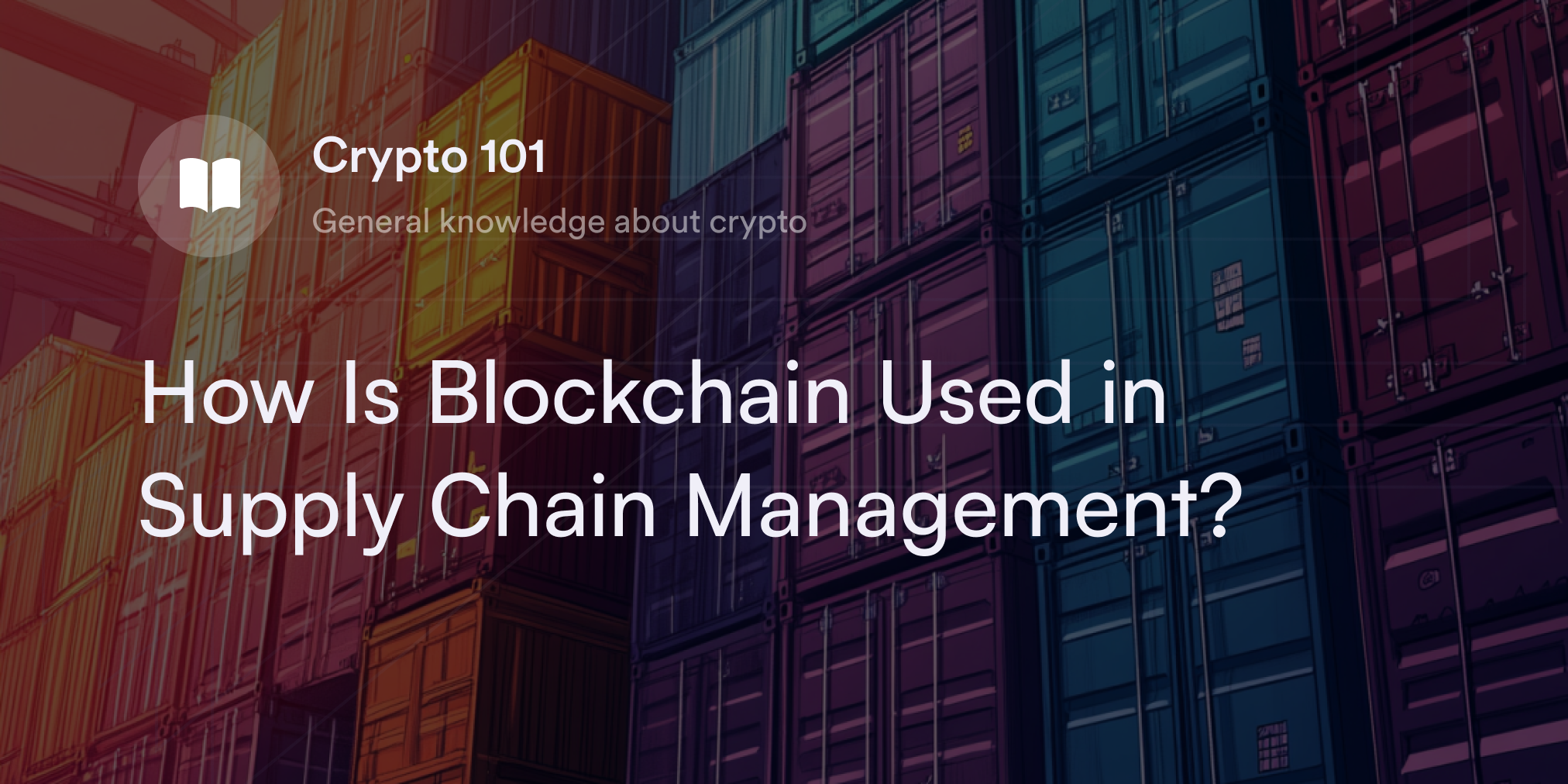


Pop-up ads are the peskiest part of surfing the web for many people. In fact, more than 70% of internet users complain of seeing too many ads while scrolling their favorite social media sites, and 63% say they’re annoyingly repetitive.
Ad-blockers are a standard solution to this issue, but some cutting-edge developers believe in using blockchain tech and crypto incentives to create a less intrusive online ad infrastructure. One web browser, Brave, already issues crypto rewards to users whenever they view ads.
With nearly 70 million active users at the time of writing, the Brave browser is a fast-growing web3 project with the potential to change how users experience online content. Let’s explore the history, mechanics, and features behind the Brave browser and its native cryptocurrency, Basic Attention Token (BAT).
What is the Brave browser?
Before going over BAT, it's essential to review the online ecosystem where it plays a central role: the Brave browser.
Developed by JavaScript pioneer Brendan Eich and former Mozilla employee Brian Bondy, Brave is a web browser that uses blockchain's decentralization to provide a privacy-focused, user-centric experience. It was first launched in 2017 and has built-in security features—including anti-tracking and ad-blockers—to ensure web users don't have to deal with annoying and potentially invasive issues while searching through web content.
Brave's parent company, Brave Software, continues to introduce new features to this browser for more security and seamless integration with web3 technology, including a proprietary decentralized wallet and fingerprint recognition.
Today, Brave is available for download on desktop settings (including Windows, macOS, and Linux) and Android and iOS mobile devices.
What is the Basic Attention Token?
Instead of forcing users to view online advertisements, the Brave browser allows everyone to choose whether to view ad content. Users who agree to see a certain number of ads every hour are eligible for rewards in the form of BAT.
Built on top of the Ethereum (ETH) blockchain, BAT is a utility token in Brave's advertising ecosystem that serves as compensation every time users see a pop-up ad or push notification. BAT is also the primary payment advertisers use to buy space on the Brave browser and a reward for online publishers.
The Brave team developed a Basic Attention Metrics (BAM) system to measure and quantify online attention on each user's device for different ads. Since Brave uses Ethereum's decentralized distributed ledger, the information it collects on the average watch time doesn't put users at risk of identity theft or third-party monitoring. Instead, the data from BAM is meant to help publishers and advertisers better tailor their ads to their target audience and ensure users see highly relevant ads whenever they use Brave. BAM also helps quantify the amount of BAT for ad space and the amount of rewards for publishers and readers.
How does the Basic Attention Token work?
BAT exists on top of the Ethereum blockchain using the ERC-20 token standard and self-executing commands called smart contracts. These smart contract programs enforce BAT's issuance policy and handle peer-to-peer (P2P) transfers on Ethereum without resorting to third-party intermediaries. To preserve its market value, BAT has a fixed max supply of 1.5 billion tokens, with roughly 1.49 billion in circulation at the time of writing.
BAT is a payment method and incentive system for the Brave browser's ad model. Advertisers pay for ad space on Brave with BAT, and users who opt-in to the Brave Rewards program receive BAT in their account every time they see and engage with an ad. Online publishers and content creators also claim BAT rewards whenever they host ads on their sites. This revenue-sharing system is meant to encourage greater transparency, avoid issues like data tracking, and spread value through incentives.
How to earn Basic Attention Tokens
Crypto traders looking to earn BAT every time they search the web should start by downloading the Brave browser onto a desktop or mobile device. Next, they should visit the official Brave.com website and click "Download Brave" on the top right-hand corner to install this browser onto a compatible computer or smartphone.
After successfully setting up the browser, Brave gives users the option to change their ad preferences in the "Settings" tab. By default, the browser has an ad-blocker installed, but the "Brave Rewards" section lets users manage the number of ads they see each hour and decide what to do with their BAT rewards.
While Brave users are free to keep or trade their BAT rewards on a connected cryptocurrency exchange like Gemini, Brave also lets users use their BAT to tip their favorite content creators.
Every month, Brave distributes BAT tokens to a user's account depending on how many ads they viewed and their estimated level of engagement and distributes them according to each user's specifications.
How to buy the Basic Attention Token
Although anyone in the Brave Rewards program earns BAT for viewing ads, these tokens typically don't add up to more than a few dollars each month. If crypto traders think Basic Attention Token is a good investment—or if advertisers want to use BAT to interact with the Brave ecosystem—they usually buy this altcoin on a crypto exchange.
Thanks to Brave's influence and size in the web3 community, finding BAT trading pairs on many centralized and decentralized crypto exchanges (e.g., Coinbase, Gemini, and Uniswap) is easy.
For a complete list of platforms offering the Basic Attention Token, traders should visit crypto price aggregator websites like CoinGecko and CoinMarketCap, search for "BAT," and click the "Exchanges" tab. Here, they can find a list of all the centralized and decentralized exchanges currently offering BAT trading services.
Find more altcoin guides on dYdX Academy
For more information on game-changing altcoin projects, check out the guides on our education hub, dYdX Academy. From Cardano (ADA) and Solana (SOL) to Polkadot (DOT) and Cosmos (ATOM), dYdX Academy has dozens of articles on the hottest projects in web3.
dYdX also offers Bitcoin and altcoin perpetual swaps on our decentralized Cosmos-based dYdX Chain. For more information on how eligible traders use dYdX Chain for derivatives trading, check out the latest updates on our official blog, and start trading on dYdX today.
Disclosures
The content of this article (the “Article”) is provided for general informational purposes only. Reference to any specific strategy, technique, product, service, or entity does not constitute an endorsement or recommendation by dYdX Trading Inc., or any affiliate, agent, or representative thereof (“dYdX”). Use of strategies, techniques, products or services referenced in this Article may involve material risks, including the risk of financial losses arising from the volatility, operational loss, or nonconsensual liquidation of digital assets. The content of this Article does not constitute, and should not be considered, construed, or relied upon as, financial advice, legal advice, tax advice, investment advice, or advice of any other nature; and the content of this Article is not an offer, solicitation or call to action to make any investment, or purchase any crypto asset, of any kind. dYdX makes no representation, assurance or guarantee as to the accuracy, completeness, timeliness, suitability, or validity of any information in this Article or any third-party website that may be linked to it. You are solely responsible for conducting independent research, performing due diligence, and/or seeking advice from a professional advisor prior to taking any financial, tax, legal, or investment action.
You may only use the dYdX Services in compliance with the dYdX Terms of Use available here, including the geographic restrictions therein.
Any applicable sponsorship in connection with this Article will be disclosed, and any reference to a sponsor in this Article is for disclosure purposes, or informational in nature, and in any event is not a call to action to make an investment, acquire a service or product, or purchase crypto assets. This Article does not offer the purchase or sale of any financial instruments or related services.
By accessing this Article and taking any action in connection with the information contained in this Article, you agree that dYdX is not responsible, directly or indirectly, for any errors, omissions, or delays related to this Article, or any damage, injury, or loss incurred in connection with use of or reliance on the content of this Article, including any specific strategy, technique, product, service, or entity that may be referenced in the Article.







